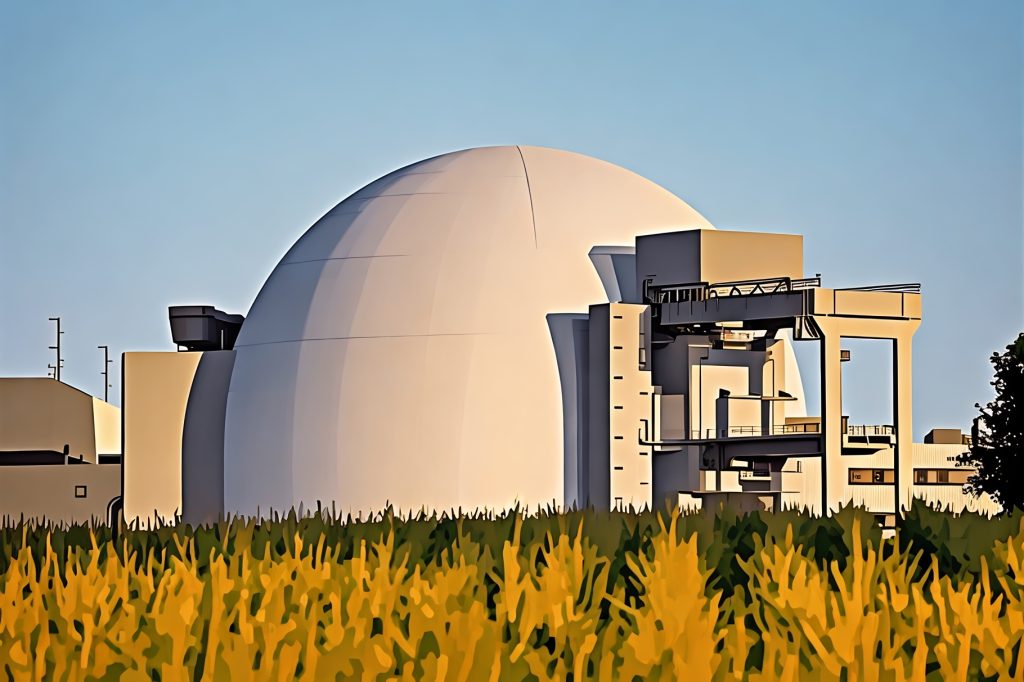The U.S. Department of Energy (DOE) has identified 16 federal sites for developing AI-focused data centers and power plants in a move that signals a transformative shift in the nation’s approach to technological advancement and energy management. This groundbreaking initiative addresses the surging energy demands of rapidly evolving artificial intelligence (AI) applications. With federal assets like Los Alamos and Sandia National Laboratories earmarked for potential conversion, the program is set to leverage longstanding scientific expertise and infrastructure to secure a competitive edge in the global AI landscape.
The Rising Energy Demands of AI Technologies
Over the past decade, integrating AI into diverse sectors—from healthcare to finance—has spurred an unprecedented demand for computational power. Modern AI applications, particularly those that utilize deep learning and extensive neural networks, require immense amounts of energy to train and operate. Data centers, which house the computational infrastructure, have seen their electricity consumption skyrocket, becoming one of the fastest-growing segments in the nation’s energy profile. Projections indicate that the energy consumption associated with these centers could account for a significant portion of national electricity usage in the near future. This demand, coupled with the technological potential of AI, underscores the urgency behind the DOE’s decision to repurpose federal sites for AI infrastructure development.
Strategic Site Selection and Existing Infrastructure
The DOE’s strategic identification of federal sites is not arbitrary. The selected locations boast robust energy infrastructure and a legacy of advanced research and development. Sites like Los Alamos and Sandia National Laboratories have long served as scientific inquiry and innovation epicenters. Their established facilities, experienced workforces, and proven track records in managing complex technological projects make them ideal candidates for a new era of AI-driven energy solutions.
The initiative builds on the concept that the government can significantly shorten the development timeline by repurposing these sites. Instead of starting from scratch, developers can leverage existing grids, secure permitting pathways, and benefit from established environmental assessments. This not only accelerates the deployment of AI infrastructure but also helps to mitigate the risks associated with new construction and regulatory uncertainties.
Policy Initiatives and the Role of Executive Orders
Recent policy directives have strongly mandated transforming federal sites into AI powerhouses. Early in the year, an executive order established the need for clean, reliable energy to power the next generation of data centers. The order called on the DOE to streamline leasing procedures for federal lands and foster an environment encouraging public-private partnerships. Such collaborations are expected to infuse the initiative with capital, technological expertise, and innovative practices.
By aligning the project with broader national objectives—such as reducing carbon emissions and bolstering energy security—the administration is demonstrating a commitment to modernizing the country’s infrastructure. This policy framework ensures that the initiative supports cutting-edge technological advancement and ties it to key environmental and economic goals.
The Critical Role of Nuclear Energy
One of the most compelling aspects of the DOE’s plan is its focus on nuclear energy as a cornerstone of the new infrastructure. Unlike conventional fossil fuels, nuclear power offers a reliable and carbon-free energy source well-suited to meet AI data centers’ rigorous demands. Energy Secretary Chris Wright has been a vocal proponent of incorporating advanced nuclear reactors into the power mix for these sites. He has drawn historical parallels to the nation’s mid-20th-century innovations, suggesting that just as the Manhattan Project redefined energy and technology, so too could modern nuclear initiatives pave the way for a future dominated by AI.
Integrating nuclear power into this project represents a strategic pivot towards sustainability. Ensuring a continuous, clean, and secure power supply as AI technologies expand becomes increasingly critical. By investing in nuclear energy, the DOE is positioning the United States to meet future energy demands without compromising its environmental commitments.
Collaborative Efforts and Public-Private Partnerships
A central pillar of the DOE’s strategy is fostering a collaborative ecosystem that brings together government entities, private enterprises, and academic institutions. The department has issued a Request for Information (RFI) to gather insights and feedback aimed at data center developers, energy producers, and other key stakeholders. This initiative is designed to tap into the vast pool of industry expertise and to ensure that the resulting infrastructure is both technologically advanced and economically viable.
Collaboration between the public and private sectors is expected to accelerate development. The DOE’s plan envisages the commencement of construction as early as the end of the current year, with operational capabilities projected to be in place by late 2027. Such partnerships are critical not only to the project’s financial success but also to integrating innovative ideas and best practices from across the industry. By encouraging open dialogue and joint problem-solving, the initiative aims to create a robust and adaptable framework for future developments in AI infrastructure.
Navigating Environmental and Regulatory Landscapes
Developing energy-intensive facilities always comes with environmental and regulatory challenges. The DOE’s approach to site selection reflects a deep awareness of these issues. The department aims to streamline the regulatory process and minimize environmental disruptions by choosing locations with significant energy infrastructure. Existing sites have undergone thorough environmental reviews and have established relationships with local regulatory bodies, which can expedite new developments while maintaining rigorous environmental standards.
Furthermore, emphasizing clean energy sources such as nuclear power aligns the initiative with broader national and global efforts to combat climate change. By reducing reliance on fossil fuels, the project supports the transition to a more sustainable energy model, ensuring that the expansion of AI capabilities does not come at the expense of environmental stewardship.
Future Implications and National Competitiveness
The DOE’s initiative has profound implications for the future of AI technology and the nation’s energy landscape. As global competition in AI intensifies, the ability to harness advanced computational power efficiently and sustainably will be a key determinant of technological leadership. By repurposing federal sites for AI infrastructure, the United States is preparing to meet current energy demands and laying the groundwork for future advancements.
This proactive strategy is poised to enhance national security by ensuring that critical technological capabilities are developed on domestic soil under robust regulatory oversight. Moreover, the project is expected to drive economic growth by creating new jobs, stimulating investments in clean energy technologies, and fostering innovation across multiple sectors. The long-term benefits of this initiative extend well beyond the immediate energy savings, potentially reshaping the industrial and technological landscape of the nation for decades to come.
Conclusion
The DOE’s identification of 16 federal sites for AI infrastructure development marks a visionary step toward addressing the complex energy needs of a rapidly digitizing world. By repurposing sites with established scientific legacies and robust energy infrastructures, the initiative promises to deliver enhanced computational capabilities and a sustainable, forward-thinking model for energy production. The integration of nuclear power, the focus on clean energy, and the emphasis on collaborative public-private partnerships all underscore the multifaceted benefits of this project. As the nation prepares to usher in a new era of AI innovation, the DOE’s plan stands as a testament to the transformative potential of strategic energy management in the digital age.



